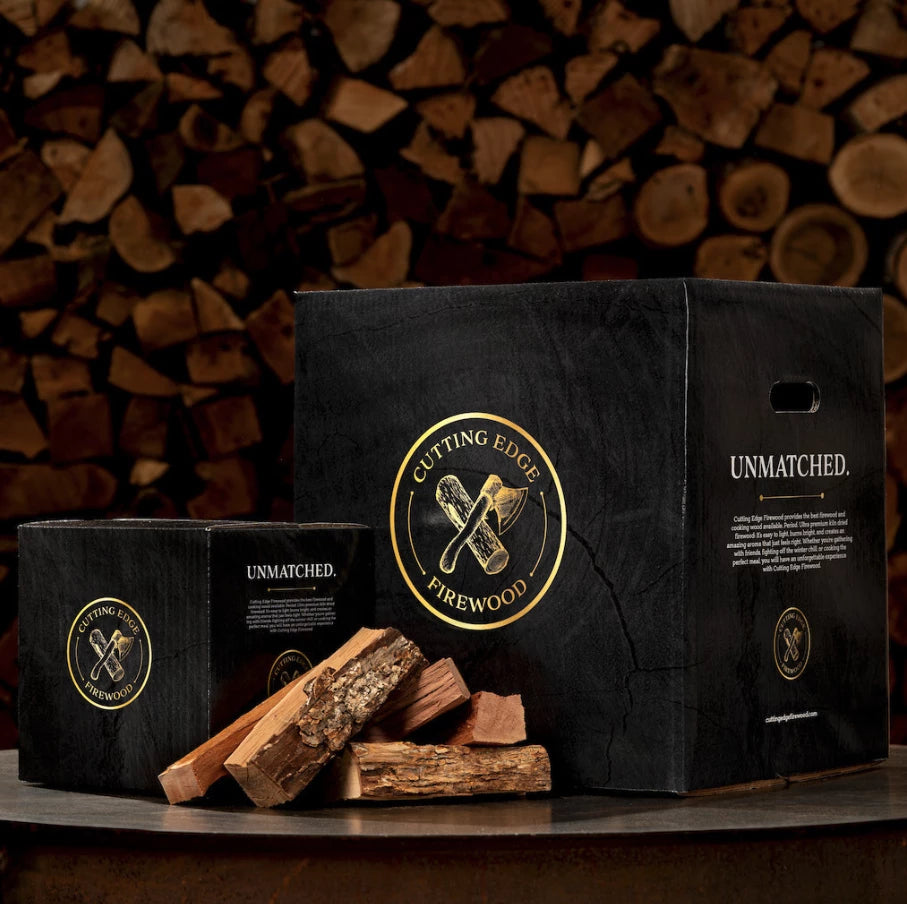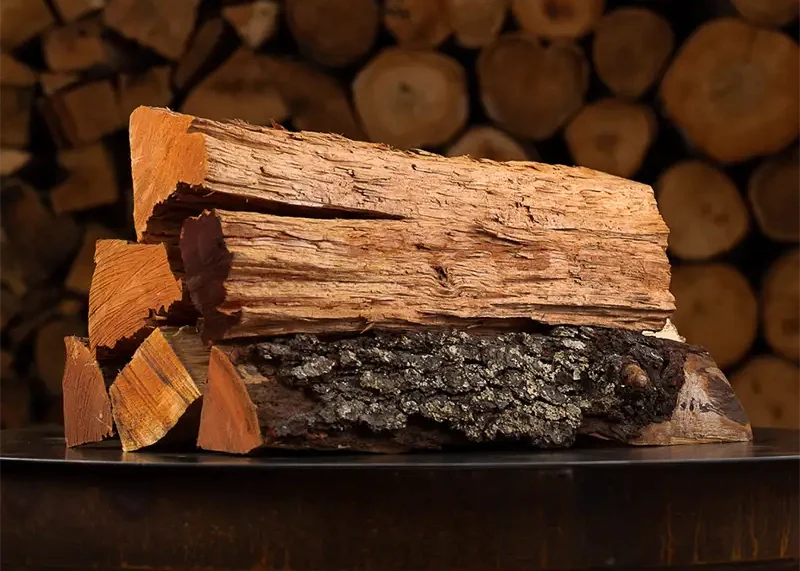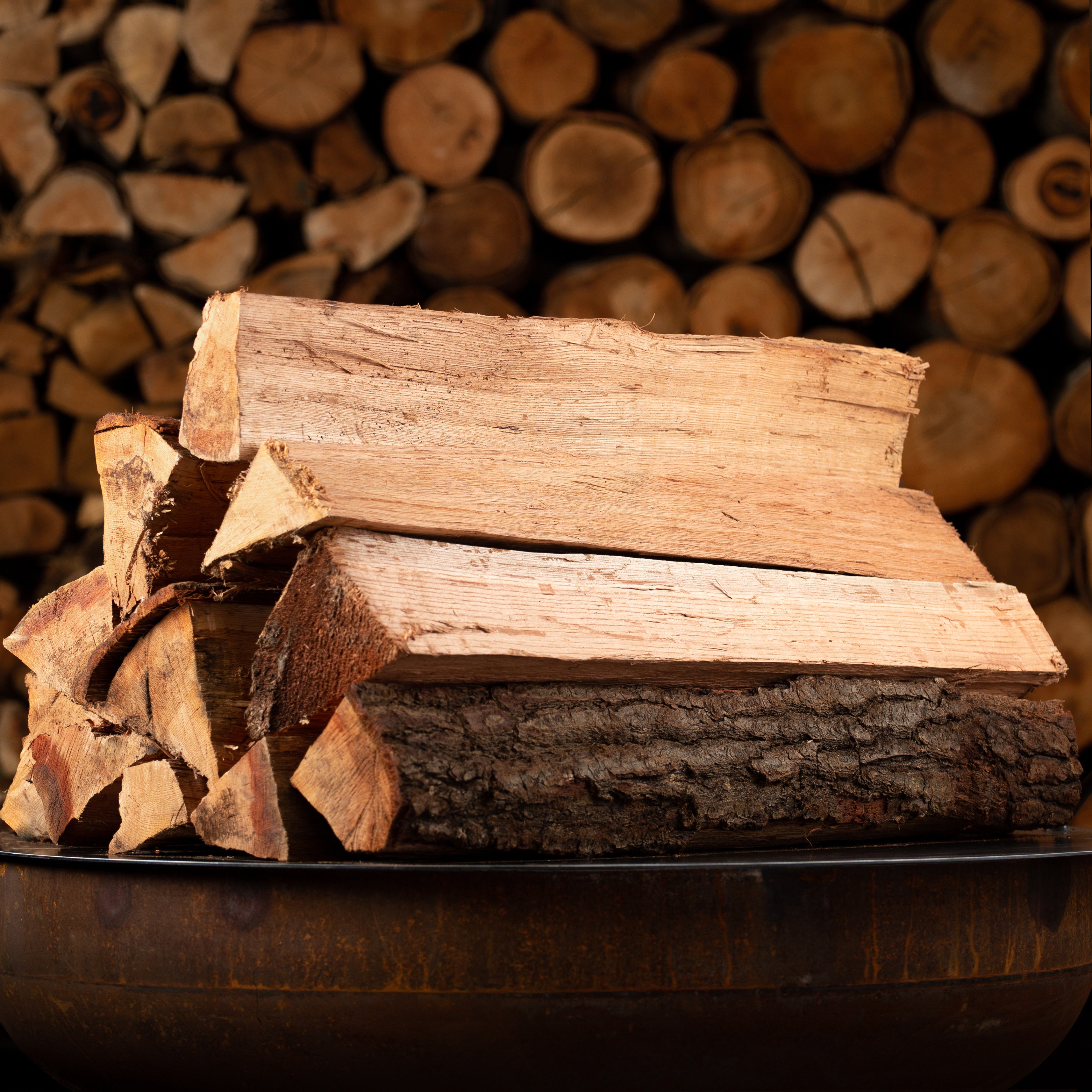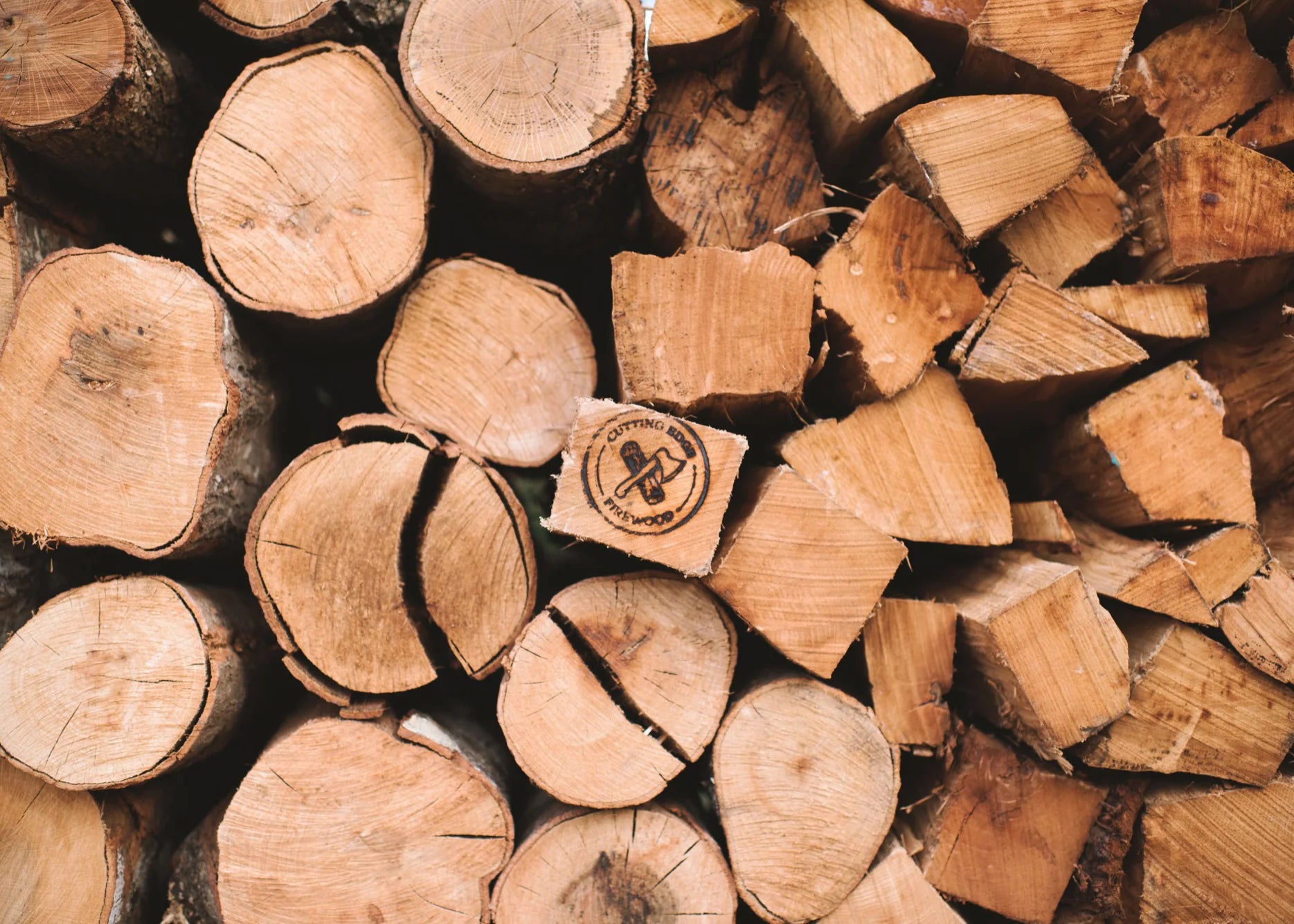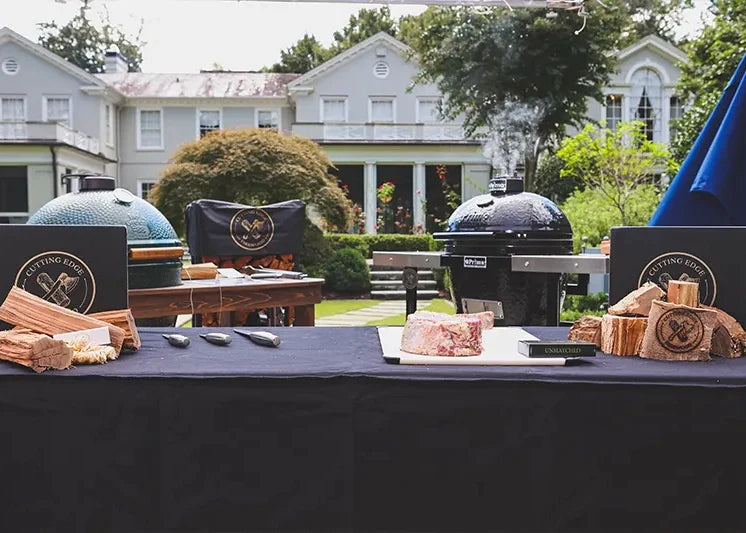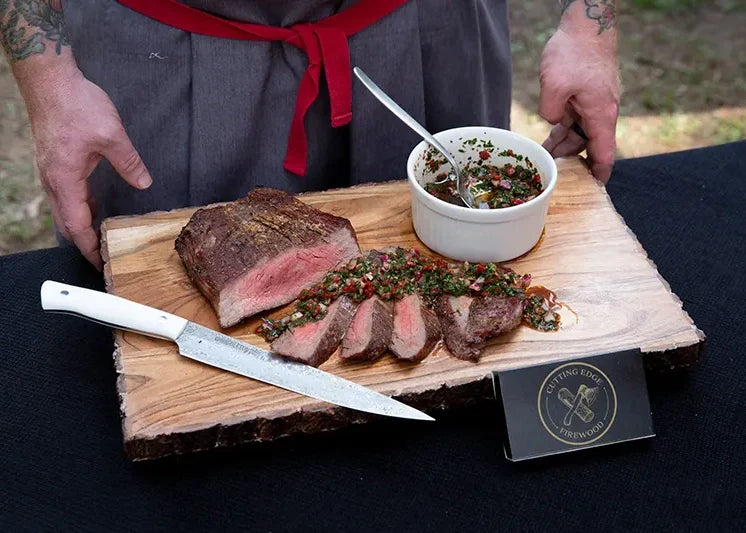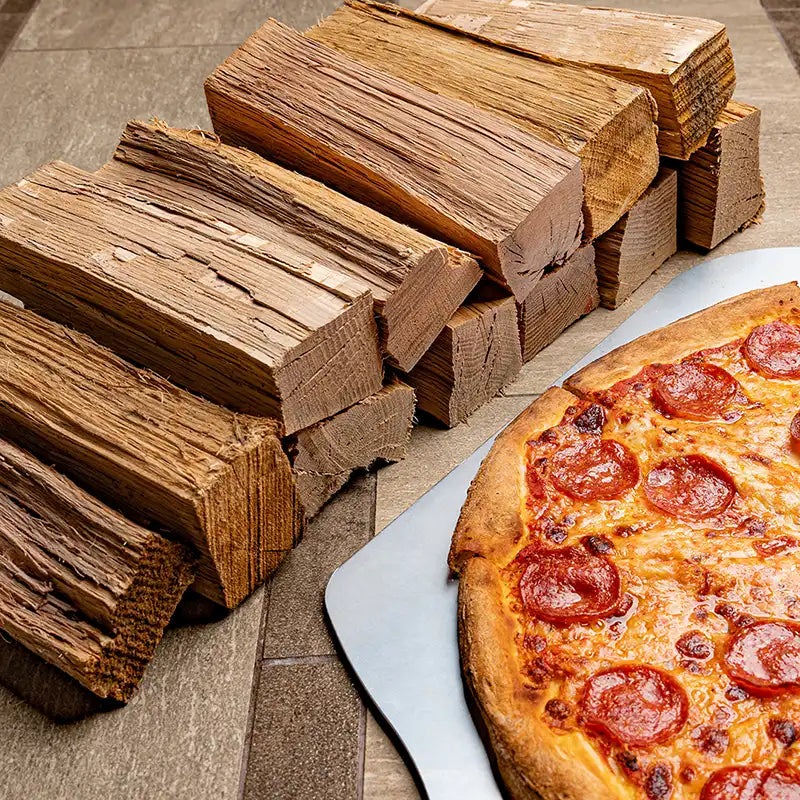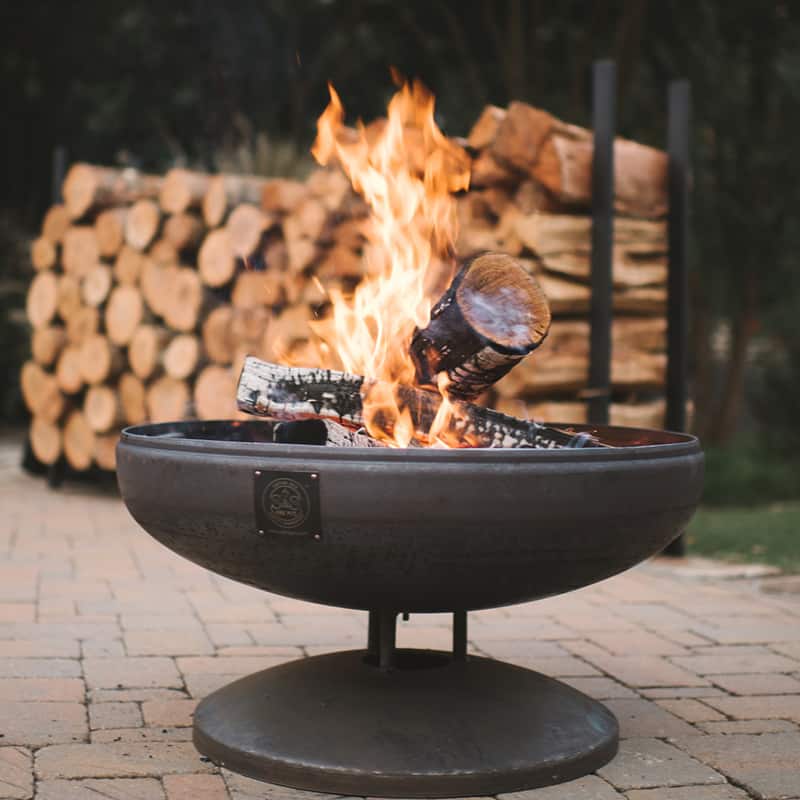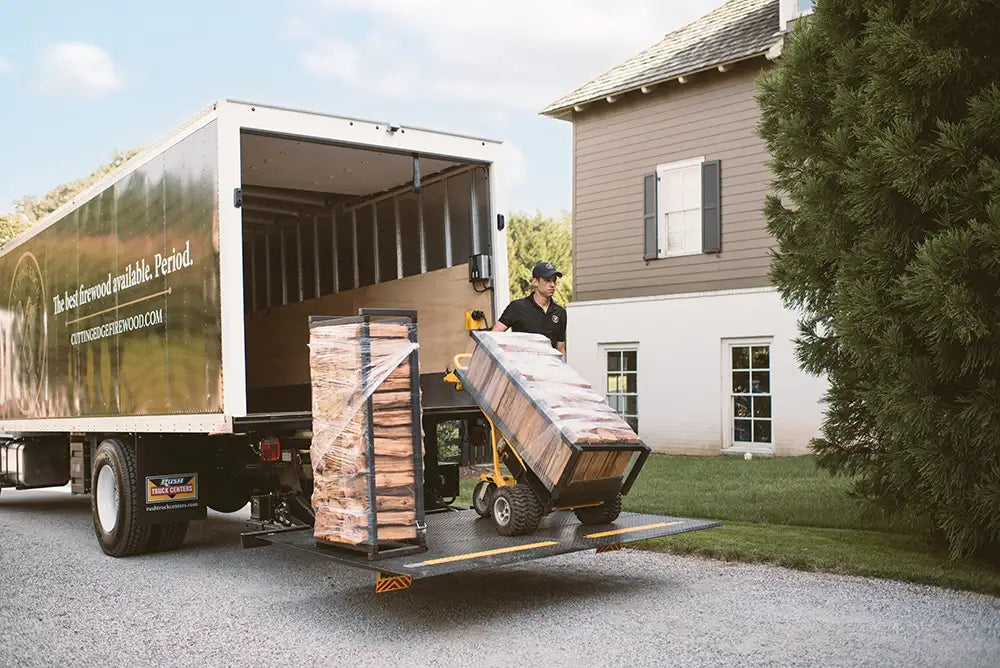Not all grills are made equal. If you're looking to buy a new grill, you need to choose the right type. A high-quality grill is a smart investment that will pay off in the form of better-tasting food, which is something all your family members are sure to appreciate. Below are nine important things to consider when shopping for an outdoor grill.
#1) Charcoal vs Gas
One of the decisions you'll have to make is whether to choose a charcoal or gas grill. With their automatic lighting, gas grills are undoubtedly convenient. Most pitmasters, however, will agree that charcoal grills offer the best flavor. You can use any combination of charcoal, cooking wood or smoking chunks in a charcoal grill, whereas gas grills are typically restricted to propane or natural gas. Neither type of gas offers a pleasant flavor. But charcoal, cooking wood and smoking chunks all produce a wonderful flavor, making charcoal grills preferable over gas grills.
#2) Side Tables
Side tables are an important feature to look for choosing a grill. Found on one or both sides of a grill, they offer a convenient area to store and prepare food. If you're cooking hamburgers, for example, you can place the cheese slices on a side table while the patties cook. If you're cooking hotdogs, you can place the buns on a side table while the hotdogs cook. Without a side table, you'll have to store the cheese slices or buns elsewhere, such as inside your kitchen or on a piece of outdoor furniture.
#3) Material
What type of material is the grill made of? Cast iron and stainless steel are two of the most common materials used to make grills. Unfortunately, they both suffer from several common problems. Cast iron grills are particularly heavy and brittle, whereas stainless steel grills are somewhat susceptible to corrosion. Ceramic grills, however, don't suffer from these problems. Because they are designed of flash-heated clay, they offer a superior level of performance compared to cast iron and stainless steel grills. If you're hoping to get many years of use and enjoyment out of your grill, consider choosing a ceramic-made model like a Primo. Not only are Primo grills made of ceramic, but they also support smoking, roasting and baking.
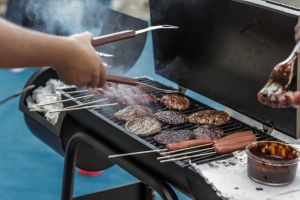
#4) Portability
Don't forget to consider portability when shopping for a grill. Many grills, including Primo grills, feature wheels on the bottom on their legs, allowing you to easily move your grill. If you're finished grilling and discover it's about to rain, you can roll your grill underneath the roof to keep it dry. Of course, this is only possible if your grill has wheeled legs. If it has fixed legs, you'll have to wait until it cools before you can safely lift and move it. Wheeled legs are an invaluable feature that can turn an otherwise stationary grill into a portable grill. After rolling your grill to the desired location, you can lock the wheels in place so that your grill doesn't roll back or fall over.
Portable grills are also ideal for camping and tailgating. It's nearly impossible to take a full-sized grill with fixed legs camping or tailgating. If you're hoping to perform either of these recreational activities, you'll need to bring a portable grill with wheeled legs. With a portable design, you can take your grill just about anywhere, including camping and tailgating trips.
#5) Grate
You should consider the type of grate used in a grill. The grate is the removable flat piece of metal on which you place your food. All grills have at least one grate, which is found directly over the fuel compartment where the charcoal or cooking wood is placed. Because they are frequently exposed to juices and oils, grates are vulnerable to corrosion. Stainless steel and cast iron grates can both corrode over time. Porcelain-coating grates, on the other hand, offer a high level of protection against corrosion. Porcelain is essentially a type of ceramic that, like other ceramics, is made by flash-heating clay. The clay is often heated to temperatures ranging between 1,200 to 1,400 degrees Fahrenheit. And because it's made of clay, it doesn't rust or corrode like other common grate materials.
#6) Size
Grills come in a variety of sizes, some of which are bigger than others. If you choose a small grill, you may have trouble cooking all your food at once. This is especially true if you typically cook for a large family or many guests. Small grills lack the cooking space of their larger counterparts. You may only be able to fit six to eight hamburgers on a small grill, whereas a large grill can accommodate over 20 hamburgers. With that said, bigger isn't always better. Some pitmasters prefer small grills because they are easier to use. Small grills require less charcoal or cooking wood, heat up faster, and are easier to transport than large grills. Just remember to choose a grill that offers an adequate amount of cooking space.
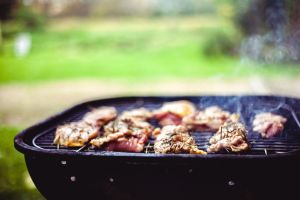
#7) The Lid
The lid is one of the most important parts of a grill. If it's poorly made, it won't create a strong seal with the base of the grill. Why does this matter exactly? Well, the lid must create a strong seal around the base of the lid on which it's placed. If the lid leaks, heat and smoke will escape through the sides. As heat escapes, you'll have to add more charcoal or cooking wood. Even then, your food may not heat up to an appropriate temperature. The loss of smoke can also affect the flavor of your food. If you're using cooking wood or smoking chunks, the smoke will inject your food with delicious new flavors. If it leaks out through the sides of the lid, though, your food will be exposed to less smoke, resulting in a lackluster flavor.
#8) Thermometer
When shopping for a grill, look to see if it has a thermometer. Many grills feature a built-in thermometer that measures its temperature. You can simply look at the gauge on the outside of the grill to see whether it's reached an appropriate cooking temperature. The thermometer checks the temperature, which is displayed on the gauge. It's an otherwise simple feature that can make your grilling activities a little easier. Rather than constantly opening and closing the lid to check the temperature of your grill, you can look at the gauge. If a grill doesn't come with a thermometer, you'll have to purchase this accessory separately. So, consider choosing a grill with a built-in thermometer.
#9) Price
Finally, you should consider the price when choosing a grill. Grills can range in price from just $20 to over $2,000, with commercial-grade grills costing even more. Keep in mind that price often reflects the quality of a grill to some degree. You can expect a $50 grill to offer the same level of performance as a $1,000 grill. Cheap grills are inexpensive because they are made with equally cheap materials. Combined with shoddy craftsmanship, they don't hold up well. You don't have to spend $2,000 on a grill, but you should invest in a premium grill that's going to offer long-term value.
Become a grill master by choosing Cutting Edge Firewood’s premium kiln dried cooking wood. Whether you choose hickory, pecan, white oak or cherry, it will allow you to cook delicious, restaurant-quality food.

